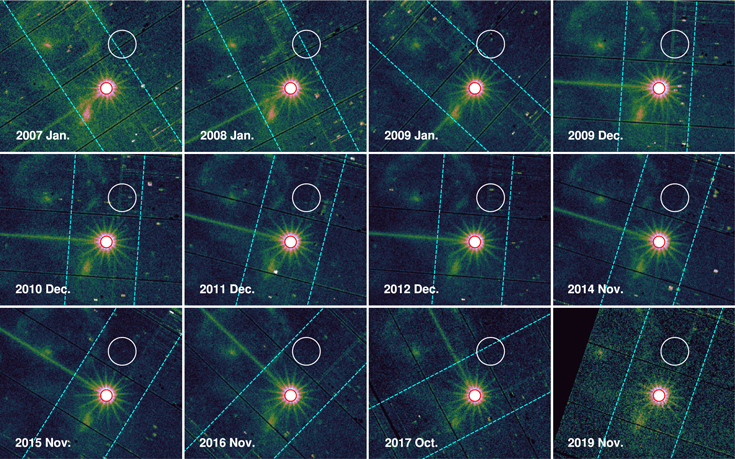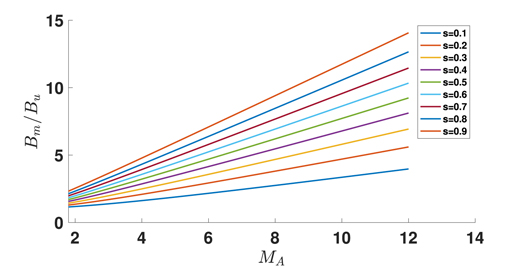Since 1996 the blast wave driven by SN 1987A has been interacting with the dense circumstellar material, which provides us with a unique opportunity to study the early evolution of a newborn supernova remnant (SNR). Based on the XMM-Newton RGS and EPIC-pn X-ray observations from 2007 to 2019, we investigated the post-impact evolution of the X-ray-emitting gas in SNR 1987A. The hot plasma is represented by two nonequilibrium ionization components with temperatures of ~0.6 keV and ~2.5 keV. The low-temperature plasma has a density ~2400 cm−3, which is likely dominated by the lower-density gas inside the equatorial ring (ER). The high-temperature plasma with a density ~550 cm−3 could be dominated by the H ii region and the high-latitude material beyond the ring. In the last few years, the emission measure of the low-temperature plasma has been decreasing, indicating that the blast wave has left the main ER. But the blast wave is still propagating into the high-latitude gas, resulting in the steady increase of the high-temperature emission measure. Meanwhile, the average abundances of N, O, Ne, and Mg are found to be declining, which may reflect the different chemical compositions between the two plasma components. We also detected Fe K lines in most of the observations, showing increasing flux and centroid energy. We interpret the Fe K lines as originating from a third hot component, which may come from the reflected shock heated gas or originate from Fe-rich ejecta clumps shocked by the reverse shock.

Full article:
Lei Sun et al (2021), The Post-impact Evolution of the X-Ray-emitting Gas in SNR 1987A as Viewed by XMM-Newton, The Astrophysical Journal, 916(1), doi: 10.3847/1538-4357/ac033d
License: CC BY 4.0






